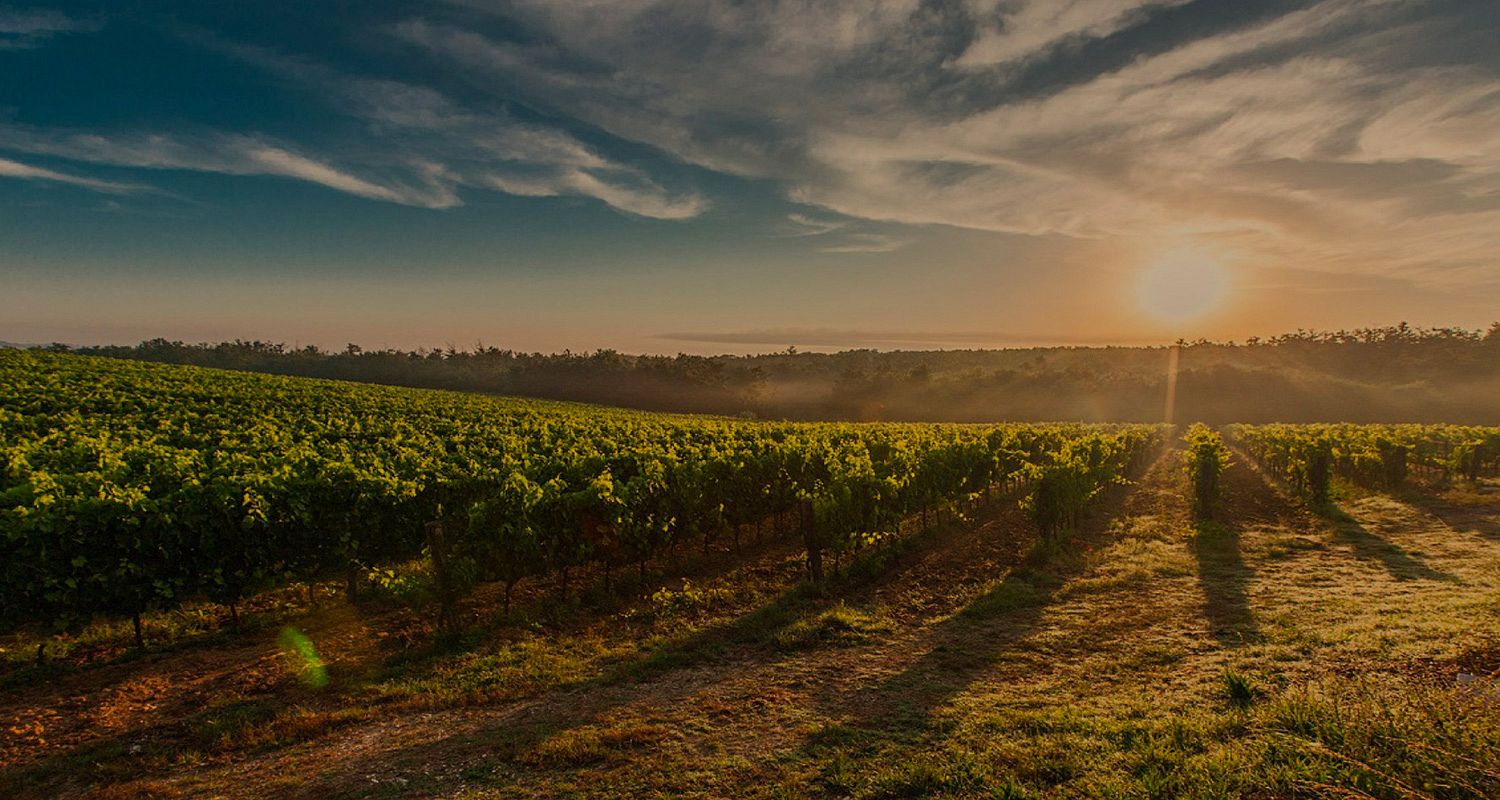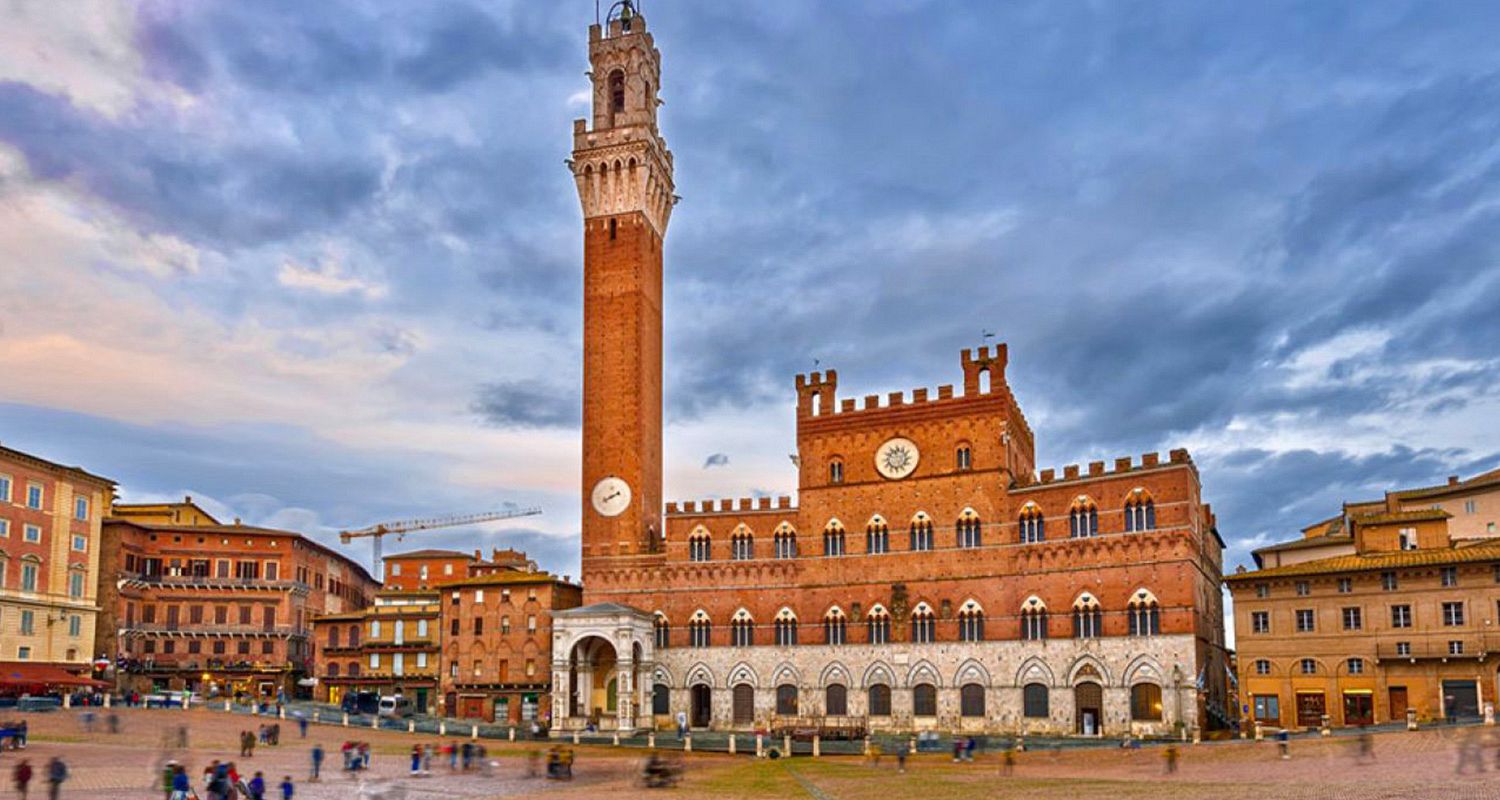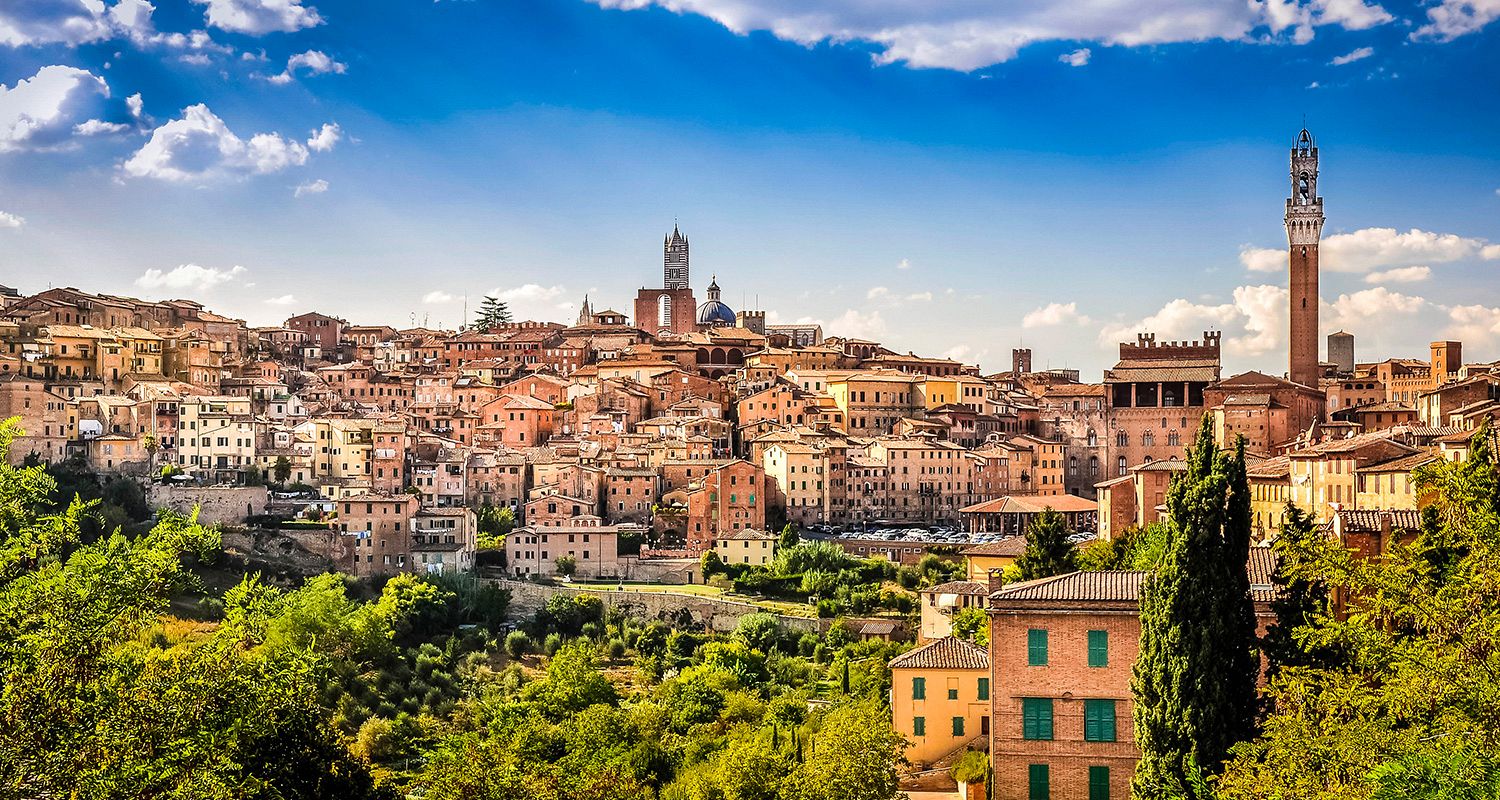
Tours
- Florence full day driving tour
- Florence half day driving tour
- Shopping Tour Outlets
- Chianti tour n. 1
- Chianti private tour n. 2
- Chianti & Siena
- Chianti & San Gimignano
- San Gimignano & Volterra
- Siena & San Gimignano
- Pienza & Siena
- Pienza, Montalcino, Montepulciano
- Pisa, San Gimignano & Siena
- Pisa & Lucca
- Arezzo & Siena
- Arezzo & Cortona
- Cortona & Gubbio
- Cortona & Trasimeno Lake
- Orvieto and Civita di Bagnoregio
- Cinque Terre
- Assisi & Perugia
- Rome
- Tours in Florence Car Service
- Venice
- Customized Tour
Chianti & Siena
Your driver will take you in this trip through the CHIANTI.
You'll go in the beautiful town of GREVE IN CHIANTI. Greve in Chianti (the old name was Greve; in 1972 was renamed Greve in Chianti after the inclusion of that area in the Chianti wine district) is a town and comune (municipality) in the province of Florence, Tuscany, Italy. It is located c. 31 km south of Florence, and 42 km north of Siena. Sitting in the Val di Greve, it is named for the small, fast-flowing river that runs through it, is the principal town in the Chianti wine district which stretches south of Florence to just north of Siena. Until recently it has been a quiet, almost bucolic town because it was, and still is, well off the main roads. Even in ancient days Greve was not isolated because it was well-connected by secondary roads to the Via Volterrana and via Francigena. Nowadays, it is connected to the A1 between Florence and Rome and the main road between Florence and Siena. The old road network ensured easy access to Florence and to other places such as Figline where its tradesmen and farmers found ready markets for their goods and produce. The modern transportation network connects it to the world at large, enabling it to export great quantities of wine, and import vast quantities of tourists. The site of Greve and the surrounding territory has been long settled, probably well before the Etruscans and then the Romans dominated the area. Historical documents of the 11th century refer to an ancient monastic settlement on a nearby hill, which is now called the hill of San Francesco. Before the Franciscans established their monastery in the 15th century, an earlier monastery dedicated to Santo Savi had already been built, and also a small hospital. Larger scale settlement occurred in the 13th and 14th centuries. Although an independent town for most of its history, Greve ultimately came under Florentine control and remained so until the Grand Duchy of Florence was absorbed into the unifited Kingdom of Italy in 1861. The Franciscan monastery is still at the heart of the old part of the city, as is the triangular main piazza, where a market has been running more or less continuously for centuries serving the nearby castle communities and hamlets. The piazza is fronted by numerous medieval aged buildings, including the 11th century Chiesa Santa Croce which was rebuilt in 1325 after being burned to the ground, along with the rest of the town, by the Duke of Lucca, Castruccio Castracani. After further renovation, the church, which houses paintings of the school of Fra Angelico, now features a neo-classical facade. In the piazza there is also a monument to the discoverer of New York harbor, Giovanni da Verrazzano (1485-1528), who was born nearby. In the frazione of Montefioralle is the church of Santo Stefano, with a late 13th century Madonna with Child and a 15th century Trinity and Saints. Also in the hamlet is a house which, according to the tradition, belonged to other explorer Amerigo Vespucci. In the nearby is a Romanesque Pieve with narthexed façade and two mullioned windows. AFTER CHIANT WE'LL DRIVE TO SIENA.
Once in Siena you'll immediately notice an ancient and mysterious atmosphere floating through the little, narrow streets and squares. You'll feel as if you've stepped backwards in time. Draped on its three hills, Siena is a very beautiful city to visit, a flamboyant medieval ensemble of places and towers cast in warm, brown, Siena-coloured bricks.
Siena, like other Tuscan hill towns, was first settled in the time of the Etruscans (c. 900 BC to 400 BC) when it was inhabited by a tribe called the Saina. The Etruscans were an advanced people who changed the face of central Italy through their use of irrigation to reclaim previously unfarmable land, and their custom of building their settlements in well-defended hill-forts. Then, at the time of the Emperor Augustus, a Roman town called Saena Julia was founded in the site. The first document mentioning dates from 70 AD. Siena may then have been under the control of invading Gaulish forces - who are known to have sacked Rome in 390 BC. Some archaeologists assert it was controlled for a period by a Gaulish tribe called the Saenones. The Roman origin accounts for the town's emblem - a she-wolf suckling the infants Romulus and Remus. According to legend, Siena was founded by Senius, son of Remus, who was in turn the brother of Romulus, after whom Rome was named. Statues and other artwork depicting a she-wolf suckling the young twins Romulus and Remus can be seen all over the city of Siena. Other etymologies derive the name from the Etruscan family name "Saina", the Roman family name of the "Saenii", or the Latin word "senex" ("old") or the derived form "seneo", "to be old".
Its soaring skyline is its pride, dominated by the gothic cathedral (Duomo) and the taut needle of the Torre del Mangia and yet the shell shaped Piazza del Campo, probably captures the most attention and fame. It has been seen in films, photographs, and advertising campaigns. The bricks cover the sweetly sloping land underneath and are witness to many events in history, but the most intriguing is the "Palio" horserace, one of the most important things in the life of a Siena native. In the piazza on 2 July and 16 August there is a bareback horse race that was first recorded in 1283, but may have had its origins in Roman military training. On those days mayhem takes over this small town and non-natives can observe local patriotism at its best and worst. Any and everything will be done passionately to bring home the prize. The prize is the "Palio," a banner to be shown off with pride for the whole neighborhood it represents. The duomo (1136 - 1382) is one of the most spectacular in ITALY and one of the few to have been built south of the Alps in full gothic style. In 1339, the Sienese decided to build a new nave to the south with the aim of making the biggest church in Christendom. This plan come to nothing when plague hit the city, killing off much of the population. The uncompleted nave now contains a museum of Gothic sculpture.



